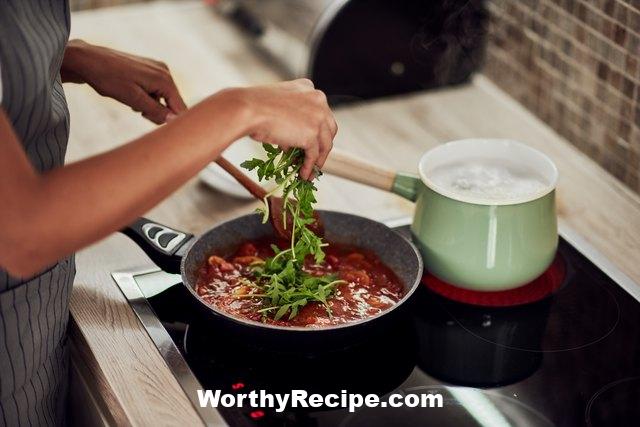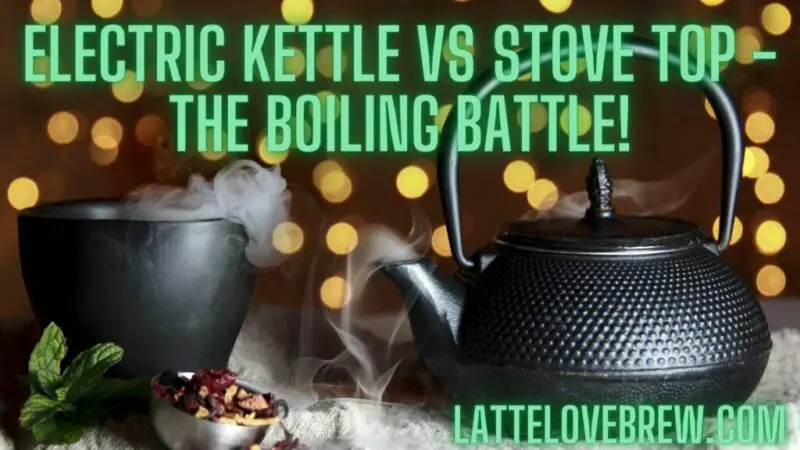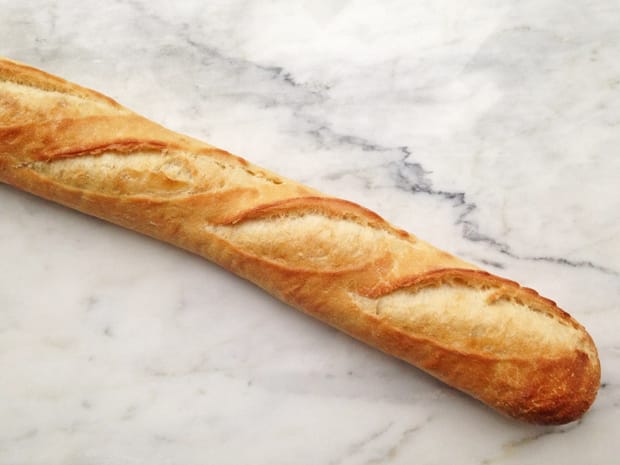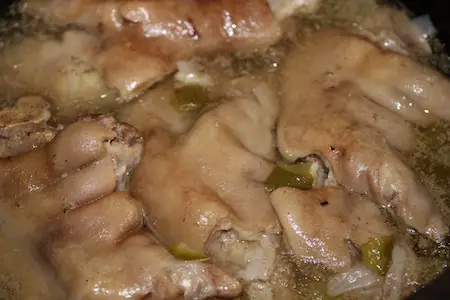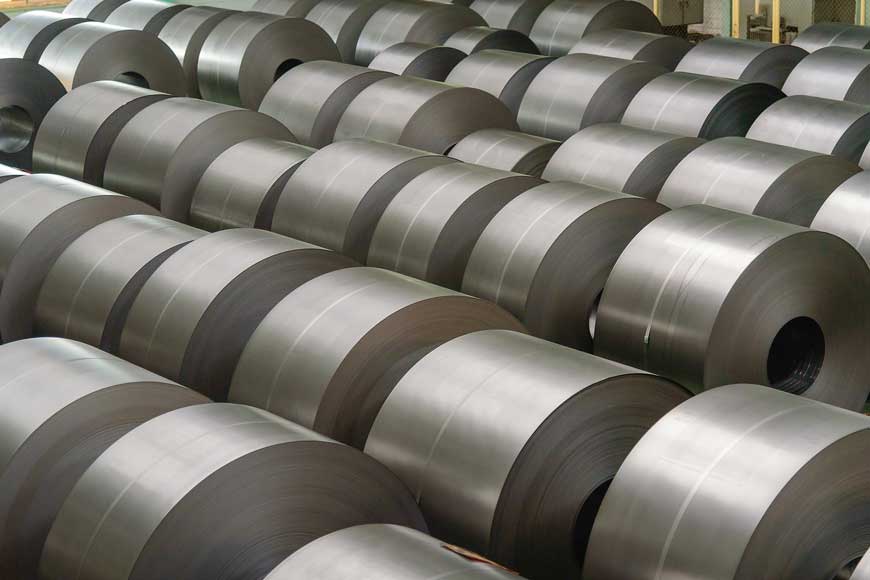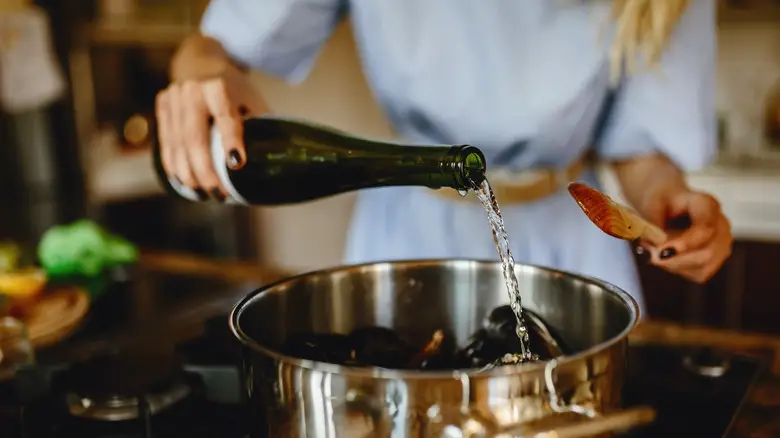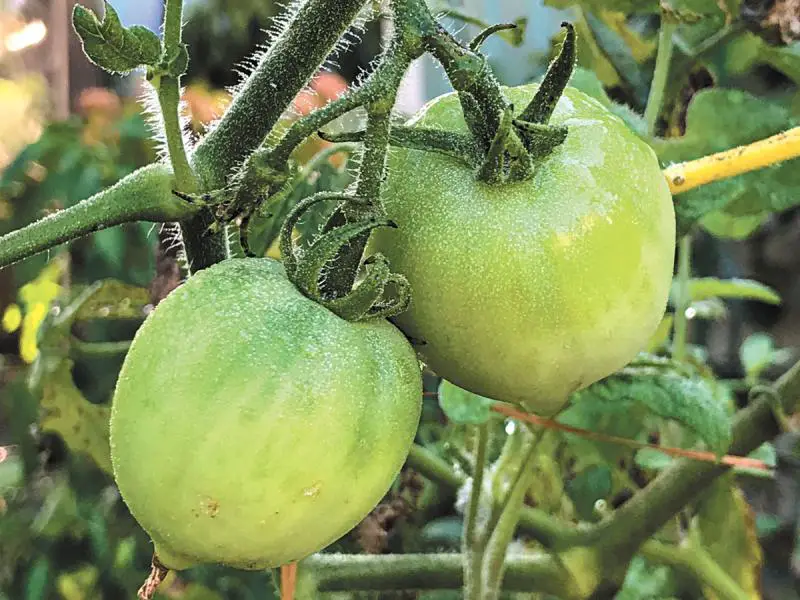Is It Safe to Cook Acidic Foods in Stainless Steel?
Stainless steel cookware has undoubtedly become a kitchen staple, adored for its durability and resistance to rust and stains. However, many people have raised concerns about the safety of using this material in cooking acidic foods. In this article, we’ll delve into the potential risks associated with cooking acidic foods in stainless steel, explore different factors that affect this reaction, and give you tips on how to minimize the risks.
Introduction
Before we dive into the nitty-gritty of cooking acidic foods in stainless steel, let’s first define what stainless steel is and what makes it an excellent choice for cookware. Stainless steel is an alloy made from a mixture of iron, carbon, and other elements such as nickel and chromium. This combination gives it unique properties that make it corrosion-resistant, heat-resistant, and long-lasting.
In terms of cookware, stainless steel is relatively affordable, easy to maintain and clean, non-reactive, and doesn’t interact with food or alter its taste or aroma. However, despite its numerous benefits, some people have questioned its safety when used to cook acidic foods like tomatoes, citrus fruits, vinegar, and other similar items.
Acidic foods react with metals through an oxidation process that can cause a metallic taste or a change in color to the cooked food. Further chemical interactions may occur between the metal ions released by the pan and the food’s compounds that may create undesirable flavors or even harmful chemicals detrimental to our health.
The pH scale measures how acidic or basic a substance is on a scale of 0-14. Neutral substances are those with a pH of 7; those with a pH below seven are considered acidic while those above are basic. The lower the number on the pH scale is for a substance, the more acidic it is and vice versa.
What Happens When Acidic Foods React with Stainless Steel?
It’s important to understand what happens when acidic foods react with stainless steel so that you can gauge the potential risks involved in using this material for cooking. When acid and stainless steel interact, the metal ions migrate into the food, causing a metallic flavor and off-color appearance. The same chemical reaction that alters the taste of your foods may also pose serious health hazards.
The primary concern with cooking acidic foods in stainless steel is their nickel content. Nickel is an element commonly found in stainless steel cookware that can be toxic to some people, especially those allergic to this metal or have sensitive skin. When exposed to acidic foods, small amounts of nickel ions may leach into your meals, which might cause allergic reactions or other adverse effects.
Another possible negative effect is the development of metallic or sour flavors in your food that diminish or override its natural taste. Furthermore, as acidic foods cook in stainless steel cookware, they may form compounds like metal salts that are dangerous for your health. Some of them can even cause cancer if consumed excessively.
If you’re not ready to give up on your favorite acidic food cooked with stainless steel yet, here are some available adjustments that can help minimize these risks:
- Preheating your pan before adding acidic ingredients
- Using fats like oil or butter will generally make ingredients less likely to react with the cookware surface
- Avoid long-term storage of acidic foods directly inside your stainless steel cookware and avoid heating them repeatedly after they have been stored
- Cleaning your stainless steel cookware thoroughly after use and avoiding harsh cleaning agents such as abrasive sponges or chlorine bleach solution
Is Stainless Steel Safe for Cooking?
Despite the potential risks associated with cooking acidic foods in stainless steel pans, this material remains a safe option for most types of food preparation. This is because stainless steel by itself does not react with food and does not pose the same health risks as reactive materials like aluminum or copper. Additionally, it is durable, easy to clean, and widely accessible.
However, it’s essential to note that not all stainless steel cookware is equal in terms of quality and safety. To ensure you’re using a cookware set that’s safe and durable, look for sets with a thick base and sides, which provide even heat distribution and prevent hot spots that could damage your food. Furthermore, high-grade type 316L stainless steel is preferred over lower grades due to its better resistance to corrosion caused by acids.
Acidic Foods – What Are They?
Before we go any further into the use of stainless steel with acidic foods, let’s first clarify what constitutes an acidic food. Acidic foods are those classified below pH 7 on the scale of acidity when tested. These foods contain organic acids like vinegar or citrus fruits that offer their tartness or sourness to foods.
Examples of commonly cooked acidic foods include tomatoes (pH 4.5-4.8), lemons (2-2.6 pH), oranges (2.9-4), strawberries (3-3.5 pH), and vinegars (2-3 pH). Using these ingredients in your cooking may require alternative materials to keep your food from reacting negatively with your cooking surface.
Why Does Stainless Steel React with Acidic Foods?
The reaction between acidic foods and stainless steel occurs because of those organic acids present in the ingredients. When these acids come in contact with the stainless steel, they can form chloride crystals and dissolve it into the food. This process is what causes the flavor-altering metallic taste in your dishes.
In addition to this, stainless steel may also release nickel, chromium, iron, and molybdenum into your acidic dishes that can pose a health risk when consumed excessively or over an extended period.
Risks Associated with Cooking Acidic Foods in Stainless Steel
The primary risks associated with cooking acidic foods in stainless steel include metallic flavors, the development of harmful metal salts in your dishes, and potentially toxic levels of leached metals. If you consume these possibly harmful substances over long periods, you may develop severe health issues like cancer, lead poisoning, or heavy metal toxicity.
Symptoms of these health threats could be stomach pains, vomiting, skin rashes, nausea or headaches. If you experience any prolonged unhealthy symptoms due to consuming acidic foods cooked in stainless steel cookware often, it’s best to seek medical attention from your local physician immediately.
Best Practices for Cooking Acidic Foods in Stainless Steel
Some best practices can minimize the negative outcomes when cooking acidic foods using stainless steel. Here are some tips:
- Preheat Your Pan: Preheat your pan before adding acidic ingredients to reduce the chance of leaching metals into your food.
- Add Fats: Adding fats like butter or oil helps neutralize the acidity in your dish and lessen its ability to react with the cookware surface.
- Cool Down Completely Before Storage: Allow your food to cool down completely before storing it directly into your stainless steel pot or pan. This prevents salt formation and damaging effects on the cooking surface from heat exposure
- Clean After Use: Always clean your stainless steel cookware after use to prevent the buildup of salt and debris that could get into your next meal.
Other Cookware Options to Consider
If you’re uncomfortable with the possible risks associated with cooking acidic foods in stainless steel or have a known sensitivity to metal, other cookware options available to you include items that comprise materials such as:
- Glass Cookware: Glass cookware is an excellent option for cooking acidic foods since they are non-reactive and do not leach any harmful elements into your food. They are also non-porous, making cleaning a breeze.
- Ceramic Cookware: Ceramic cookware can be an ideal replacement for stainless steel, especially if it’s made from glazed terracotta or stoneware materials. These types of ceramics don’t react with food and are free from harmful chemicals.
It’s essential to note that while these alternatives might be safer than stainless steel, they don’t come without their drawbacks either. Glass and ceramics may be breakable and prone to scratch over prolonged use, affecting their durability and usefulness in the kitchen.
Factors to Consider When Purchasing Stainless Steel Cookware
If you decide on purchasing stainless steel cookware for your everyday cooking needs, there are several factors you need to consider before selecting the perfect set. Here are some key points:
- Quality- High quality 18/10 grade stainless steel is preferred over lower grades due to the presence of molybdenum which enhances its corrosive-resistance properties.
- Durability- Stainless steel pots with thick bases retain heat more effectively, helping you cook evenly while durable sides prevent warping over time
- Safety-maintaining safety should remain a primary concern when using this metal material around food preparation areas. Ensure that all accompanying installations and coatings are certified safe for your health concerns.
Conclusion
In conclusion, stainless steel cookware is a useful material to have in the kitchen for its excellent durability and resistance to rust and stains. However, when it comes to cooking acidic foods, there are potential risks involved with leaching metals like nickel or the formation of salt crystals with harmful compounds that can pose a hazard to your health.
While cooking acidic ingredients like tomatoes, lemons, strawberries, and other similar items using stainless steel cookware, you shouldn’t be too worried about health risks as long as they follow strict safety precautions. Utilizing fats like oils when cooking such food would limit the reaction with cookware surfaces and maintain adequate pH balances. Alternatives such as ceramic and glass with proper care will ensure a safer cooking experience that safeguard stovetop culinary endeavors against potential toxicity.
Frequently Asked Questions
Question 1: Can I cook acidic foods in stainless steel?
Answer: Yes, you can safely cook acidic foods in stainless steel cookware without fear of it leaching harmful chemicals or causing a reaction. Stainless steel is highly resistant to corrosion from acidic foods and will not affect the taste or nutritional value of your food.
Question 2: What type of stainless steel is best for cooking acidic foods?
Answer: The best type of stainless steel for cooking acidic foods is 18/10 grade. This type contains 18% chromium and 10% nickel, making it highly resistant to corrosion from acidic substances like tomatoes, citrus fruits, and vinegar.
Question 3: Is there a risk of the food reacting with the stainless steel?
Answer: No, there is no risk of the food reacting with the stainless steel during the cooking process. Stainless steel is inert and non-reactive, meaning that it won’t release any harmful chemicals or alter the taste or texture of your food.
Question 4: Is there anything I should avoid cooking in stainless steel?
Answer: While stainless steel is a versatile and safe material for cooking most types of food, there are a few things you should avoid. For example, cooking extremely high-acidic foods like ciders and certain pickles may scratch the surface of your pan and lead to corrosion over time. Additionally, some high-sugar recipes may caramelize and stick to the surface of your cookware if not properly monitored.
